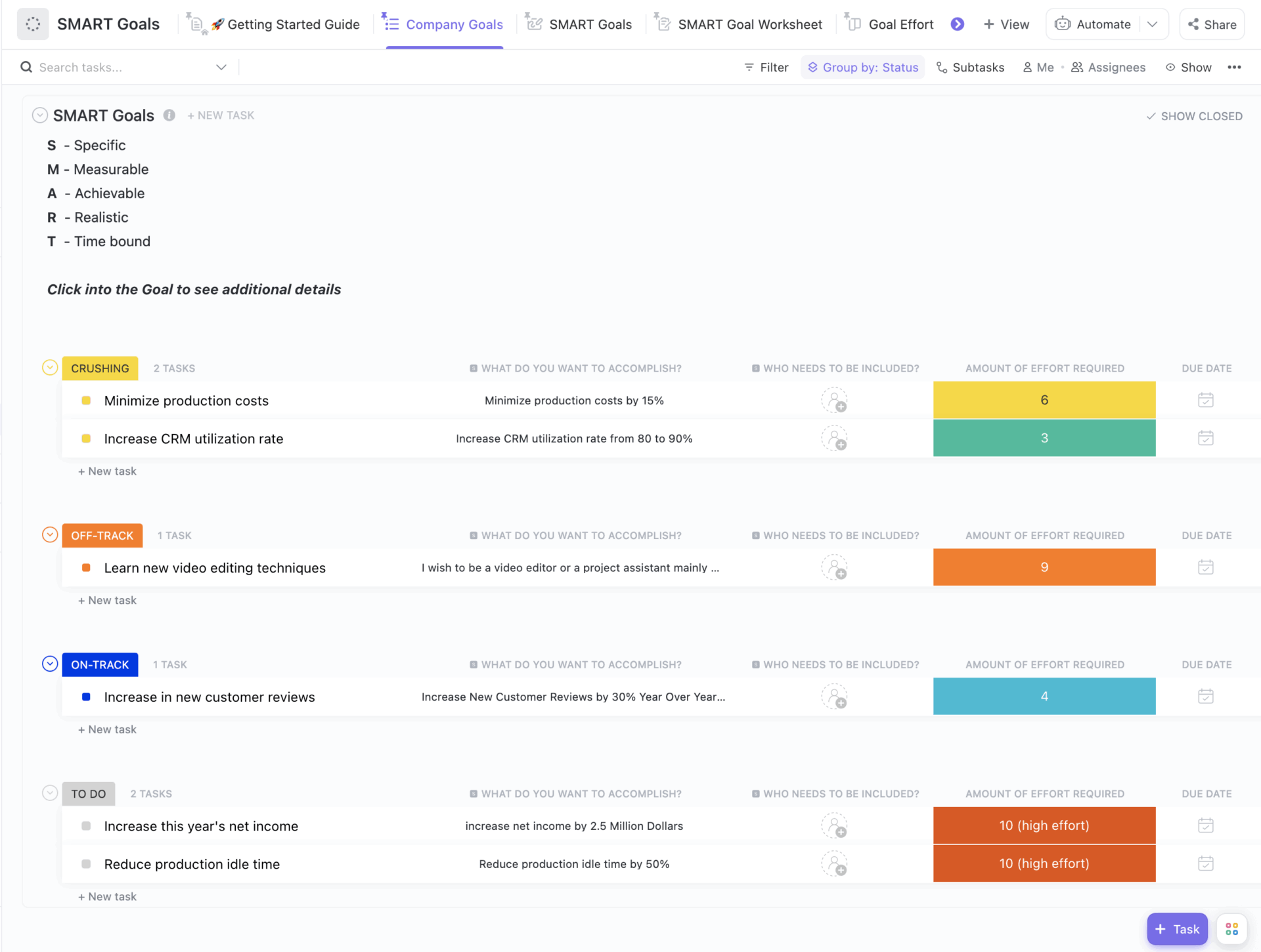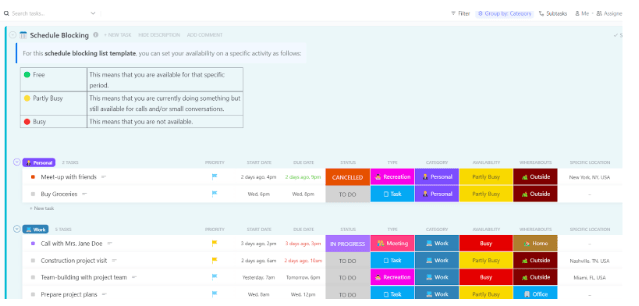Every writer knows the feeling: the intimidating glare of a blank page, a plot that’s tied itself in knots, or a character who just won’t speak. In these moments, what you need isn’t magic, but a creative partner. You need someone to brainstorm with, to challenge your ideas, and to help you see your story from a new angle.
This guide is designed to turn ChatGPT into that partner. Forget generic, one-line questions. We’ve built a comprehensive collection of powerful, adaptable prompts that follow the natural journey of writing a story. To use them, simply replace the [bracketed placeholders] with your specific details to get targeted, high-quality results.
From the first spark of an idea to the final polish of a sentence, these templates are designed to give you focused, practical help, letting you stay in the driver’s seat while your AI co-pilot navigates.
Phase 1: Ideation & Concept Development
Staring at a blank page? Use these prompts to generate and refine the core concept of your story.
- The Concept Blender:
Generate 5 unique story concepts by combining the following elements:- Genre(s):
[e.g., Cyberpunk and Fantasy Noir] - Core Theme:
[e.g., The nature of memory and loss] - A Central Object or McGuffin:
[e.g., A music box that plays the sounds of a lost city] - A Character Archetype:
[e.g., A disgraced detective]
- Genre(s):
- The “What If” Engine:
Explore 5 compelling plot scenarios based on this ‘what if’ question: What if[e.g., humans could no longer dream, and a black market for synthetic dreams emerged]? Focus on the societal impact, potential conflicts, and a possible protagonist. - Logline and Elevator Pitch Refinement:
Act as a book editor. I will provide my story’s premise, and you will help me craft a compelling logline (1-2 sentences) and a short elevator pitch (3-5 sentences).- My Story Premise:
[e.g., A cartographer in a dying world discovers that his maps can rewrite reality, but each change comes at a great personal cost. He is hunted by a faction that wants to use his power to erase history.] - My Attempted Logline (optional):
[e.g., A mapmaker can change the world with his maps.]
Help me make it more active, specific, and highlight the stakes.
- My Story Premise:
Phase 2: World-Building
Create a rich, immersive world that feels real and consistent.
- Foundational World-Building:
Help me build the foundation for my[genre, e.g., high fantasy]world. I need you to detail the following aspects for a major city called[City Name, e.g., Aethelgard]:- Geography and Climate:
[e.g., Built into the side of a dormant volcano in a frozen tundra] - Government and Power Structure:
[e.g., A theocracy ruled by fire-wielding priests] - Economy and Key Resources:
[e.g., Relies on geothermal energy and rare volcanic minerals] - A Major Internal Conflict:
[e.g., A growing movement of non-magic users demanding political representation]
- Geography and Climate:
- Designing Systems (Magic, Technology, etc.):
Design a system of[magic, technology, or power, e.g., 'Hemomancy' (blood magic)]for my story.- Core Principle:
[e.g., It's powered by the user's own life force and memories.] - Rules and Limitations: What can and can’t it do?
- Costs and Consequences: What is the price for using it?
- Societal Impact: How has it shaped culture, conflict, and social hierarchy?
- Core Principle:
- Crafting Culture and Customs:
Create a cultural profile for a specific group of people in my world:[e.g., The Sunken City dwellers of Marinen].- Environment:
[e.g., They live in a massive, sealed biosphere at the bottom of the ocean.] - Core Values:
[e.g., Community survival, tradition, and suspicion of the surface world.]
Detail their unique festivals, social etiquette, funeral rites, and a common folk tale or myth that reflects their values.
- Environment:
Phase 3: Character Development
Breathe life into your characters, making them memorable and believable.
- In-Depth Character Profile:
Create a detailed character profile for my[role, e.g., protagonist, antagonist, mentor],[Character Name].- Core Motivation (Their ‘Want’):
[e.g., To find a cure for a magical plague afflicting their sister.] - Core Misbelief (Their ‘Need’):
[e.g., They believe they must achieve everything alone and that asking for help is a weakness.] - Fatal Flaw:
[e.g., Reckless overconfidence in their own abilities.] - Backstory Summary:
[Provide a brief 2-3 sentence summary of their past.]
Flesh this out with their mannerisms, secrets, physical appearance, and how they would interact with an authority figure.
- Core Motivation (Their ‘Want’):
- The Character Interview:
You are now my character,[Character Name]. I will ask you questions to help me develop your voice and personality. Adopt the persona of a[describe personality, e.g., cynical, world-weary soldier who has seen too much combat]. I will start. My first question is: What is your most prized possession, and why? - Defining Character Relationships:
Analyze the relationship dynamic between two of my characters.- Character A:
[Name and a brief description of their personality and goals] - Character B:
[Name and a brief description of their personality and goals] - Context:
[e.g., They are rival apprentices competing for the same master's approval.]
Describe how their relationship begins, a key turning point, and how it might end. What do they admire and despise about each other?
- Character A:
Phase 4: Plotting & Outlining
Structure your narrative for maximum tension and emotional impact.
- Structured Plot Outline:
Generate a plot outline for my story using the[select a structure, e.g., Three-Act Structure, The Hero's Journey, Save the Cat! Beat Sheet].- Story Premise:
[Your logline or brief summary.] - Protagonist:
[Character Name and their core goal.] - Antagonist/Conflict:
[The main obstacle or villain.] - Key Plot Points I Have:
[List any specific scenes or ideas you already have, e.g., the inciting incident, the midpoint twist, the climax.]
Fill in the missing beats of the structure.
- Story Premise:
- Brainstorming Key Scenes:
I’m stuck. My protagonist needs to get from[Plot Point A, e.g., discovering the conspiracy]to[Plot Point B, e.g., being captured by the conspirators]. Brainstorm 5 potential scenes that could happen in between. Each scene should achieve at least one of the following:- Reveal a character’s true nature.
- Introduce a new complication or raise the stakes.
- Foreshadow a future event.
- Weaving in Subplots:
Develop a compelling subplot for my side character,[Character Name].- Main Plot Connection: The subplot should intersect with and complicate the main plot by
[e.g., having the side character unknowingly possess an item the protagonist needs]. - Thematic Resonance: It should explore the story’s main theme of
[theme, e.g., loyalty vs. self-preservation]from a different angle.
- Main Plot Connection: The subplot should intersect with and complicate the main plot by
Phase 5: Drafting & Writing Prose
Move from outline to page with prompts that help you write compelling scenes, dialogue, and descriptions.
- “Show, Don’t Tell” Transformation:
Take my ‘telling’ sentence and rewrite it in three different ways that ‘show’ the concept instead.- My Sentence:
[e.g., The kingdom had fallen on hard times.] - Rewrite 1: Focus on a visual description of a street scene.
- Rewrite 2: Write a short snippet of dialogue between two commoners.
- Rewrite 3: Describe it from the protagonist’s internal monologue.
- My Sentence:
- Crafting Authentic Dialogue:
Write a dialogue scene between[Character A]and[Character B].- Context:
[Where and when the scene takes place.] - Scene Goal:
[What is the main point of the conversation, e.g., Character A must convince Character B to join their cause.] - Subtext: Character A is secretly desperate, while Character B is hiding the fact that they are terrified.
Let their distinct voices (
[A's voice, e.g., formal and eloquent]and[B's voice, e.g., blunt and sarcastic]) and the subtext shine through. - Context:
- Writing Powerful Descriptions:
Write a vivid, sensory description of a location:[Location, e.g., an ancient, overgrown library in the heart of a jungle]. Focus on engaging at least four of the five senses (sight, sound, smell, touch, taste) and establishing a specific mood of[mood, e.g., awe and creeping dread].
Phase 6: Revision & Editing
Turn your first draft into a polished manuscript by using ChatGPT as an analytical tool.
- Developmental Feedback:
Act as a developmental editor. I will provide a passage from my manuscript. Please give me feedback on the following:- Pacing: Does the scene move too quickly or too slowly?
- Clarity: Is anything confusing or unclear?
- Emotional Impact: Is the intended emotion coming across effectively?
- Dialogue: Does the dialogue sound natural for the characters?
Passage:
[Paste your text snippet here, ideally 500-1000 words.] - Strengthening Prose:
Analyze the following paragraph and help me make it stronger. Identify passive voice, weak verbs, clichés, and repetitive sentence structures. Suggest specific improvements for each.
Paragraph:[Paste your paragraph here.] - Style Emulation:
Rewrite the following passage in the distinct prose style of[Author or Style, e.g., Ernest Hemingway, Jane Austen, Hardboiled Noir]. This is an exercise to help me see my own scene from a new perspective.
Passage:[Paste your text here.]
Phase 7: Advanced Techniques & Problem-Solving
Once you’re deep into your project, you’ll encounter specific hurdles. This section provides targeted prompts to help you brainstorm solutions, refine key moments, and overcome writer’s block.
- The Writer’s Block Diagnostic:
Act as a story coach. I am stuck in my story and don’t know how to proceed. Here is the context:- The Last Thing That Happened:
[e.g., The protagonist has just escaped from the villain's fortress.] - The Next Major Plot Point I Need to Reach:
[e.g., The protagonist must find the hidden rebel base.] - The Problem:
[e.g., I don't know what should happen in between. It feels boring and I have no motivation to write it.]
Ask me 5 diagnostic questions about my protagonist’s motivation, the stakes, and the immediate obstacles they face to help me identify the core issue and brainstorm a more exciting path forward.
- The Last Thing That Happened:
- The Plot Twist Architect:
Help me design and integrate a major plot twist.- The Intended Twist:
[e.g., The protagonist's trusted mentor is secretly the main villain.] - The Reveal Scene: When and how will this twist be revealed?
[e.g., During the climax, the mentor uses a phrase only the villain would know.]
Brainstorm 5 subtle clues or moments of foreshadowing I can plant in earlier chapters to make the twist feel earned, not random. For each clue, describe the scene where it could be placed.
- The Intended Twist:
- The Creative Naming Generator:
Generate a list of 10 potential names for a[character, city, kingdom, magical sword, etc.].- Cultural/Linguistic Inspiration:
[e.g., Based on Ancient Greek and Norse naming conventions.] - Connotation/Feeling: The name should sound
[e.g., noble and ancient, short and menacing, mysterious and fluid] - For a character, add:
[e.g., Their personality is wise and patient.] - For a place, add:
[e.g., It is a bustling port city known for its trade and corruption.]
- Cultural/Linguistic Inspiration:
- The Opening Hook & Closing Scene Crafter:
Help me craft a powerful opening or ending.- For an Opening:
- Genre:
[e.g., Sci-Fi Thriller] - Mood:
[e.g., Paranoia and urgency] - Story Premise:
[Your 1-sentence logline.]
Write 3 different opening paragraphs. One starting with action, one with intriguing world-building, and one with a character’s compelling inner thought.
- Genre:
- For a Closing:
- Main Theme:
[e.g., The price of freedom.] - Final State of the Protagonist:
[e.g., They have won, but have lost their best friend in the process.]
Brainstorm 3 potential final scenes/images that would provide a satisfying, thematically resonant conclusion for the reader.
- Main Theme:
- For an Opening:
- The Thematic Resonance ExplorerMy story’s central theme is
[e.g., 'Sacrifice vs. Selfishness']. I’m writing a scene where[describe the scene, e.g., the protagonist has to cross a dangerous desert with a limited water supply while traveling with a rival].
Suggest 3 ways I can use dialogue, character actions, and imagery within this specific scene to subtly reinforce my central theme without being too obvious.
Also, Check These Prompts:
- Ready to turn your creative sparks into a full-length novel? Supercharge your journey with our guide on Prompts for Book Writing.
- To give your writing a truly unique voice, you need to master different tones and styles. Elevate your prompts with our ultimate guide to Writing Styles for ChatGPT.












